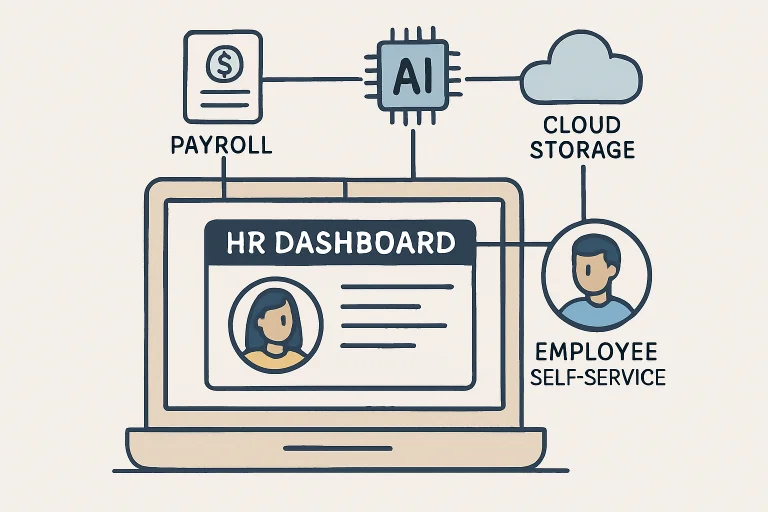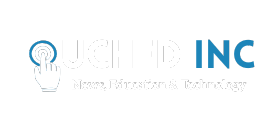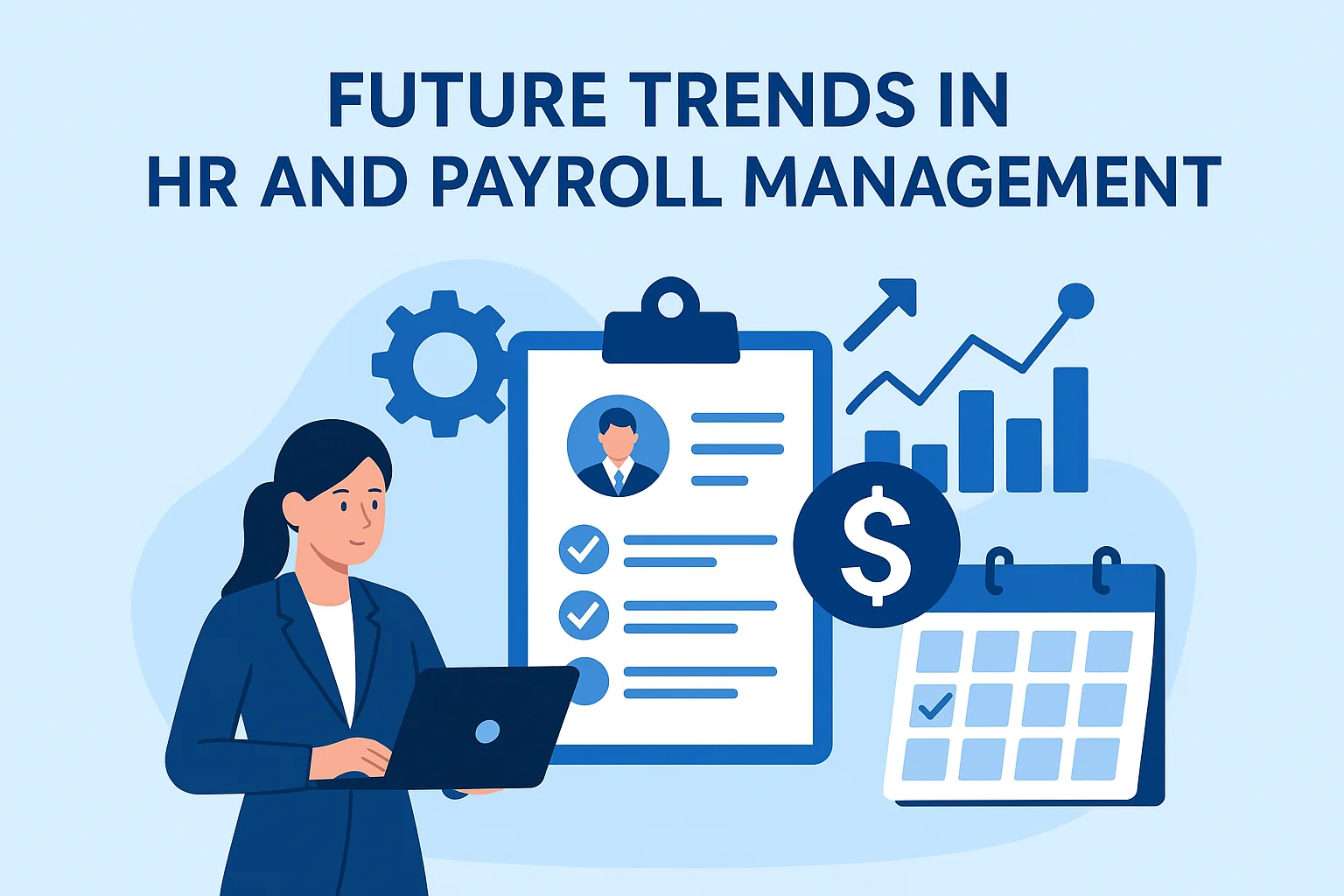Key Takeaways
- Integration of AI and machine learning is revolutionizing payroll processes.
- Cloud-based solutions offer scalability and real-time data access.
- Employee self-service portals enhance transparency and engagement.
- Flexible payment options cater to a diverse workforce.
- Enhanced cybersecurity measures are crucial for protecting sensitive data.
As workplaces worldwide respond to the dual forces of rapid technological advancements and rising employee expectations, HR and payroll management have entered a period of unprecedented transformation. The pace of change has accelerated to such an extent that traditional, manual approaches are quickly becoming obsolete. Today, organizations must adopt innovative tools and updated processes to remain efficient, compliant, and attractive to talent. Modern HR solutions, powered by new technologies, not only streamline operational procedures but also enhance overall employee satisfaction. When companies proactively adopt these advancements—including outsourcing HR and payroll tasks they stand to gain significant advantages in terms of agility, scalability, and compliance. Solutions at https://www.adp.ca/en/what-we-offer/hr-and-payroll-outsourcing.aspx offer comprehensive support, enabling organizations to confidently navigate this rapidly evolving landscape and unlock new potential for growth.
The seamless integration of advanced technologies best describes the emerging era of HR and payroll, characterized by the strategic use of data-driven insights and a workforce that increasingly values flexibility, engagement, and transparency. As traditional barriers are being dismantled, organizations have a unique opportunity to foster a more connected and agile corporate environment. Business leaders who understand and anticipate these market shifts are better positioned to manage risk, reduce inefficiencies, and build workplace cultures that attract the very best talent. By staying ahead of these trends, companies not only future-proof their operations but also ensure that employees feel valued and empowered in their roles, making the organization more competitive in today’s tight labor market.
AI and Machine Learning Integration
Artificial Intelligence (AI) and Machine Learning (ML) have rapidly become indispensable tools within the HR and payroll space, fundamentally changing how companies approach both routine administrative tasks and strategic workforce planning. With the power of predictive analytics, HR teams gain profound insights into various dimensions of employee behavior—including trends around attendance, overtime, absenteeism, and leave frequency. This deeper understanding enables more precise payroll forecasting, ultimately reducing the costs associated with payroll errors or delays. Furthermore, contemporary AI-driven platforms are equipped to continuously monitor regulatory updates from multiple jurisdictions, automatically flagging changes that might affect compliance. This reduces risk and frees HR professionals from the burden of manual research or repetitive tasks. As these technologies automate once-cumbersome administrative processes, HR staff can redirect their attention toward complex, high-impact priorities such as talent development and employee engagement. Organizations that leverage AI for HR have seen significant improvements in operational agility, decision-making, and overall business effectiveness. As adoption rates climb, the role of AI and ML will only deepen ushering in smarter, more resilient HR ecosystems.
Cloud-Based Payroll Solutions
The migration to cloud-based payroll platforms represents one of the most significant shifts in contemporary HR management. These solutions provide organizations with real-time, anytime access to critical payroll data, enabling stakeholders across departments such as HR, finance, and management—to collaborate and make informed decisions based on up-to-date information. Cloud-based systems also integrate seamlessly with other HR technology stacks, facilitating unified management of everything from benefits administration to employee scheduling. By eliminating the need for costly upfront hardware investments and reducing ongoing IT maintenance, cloud payroll solutions enable companies to reallocate budgets towards strategic growth initiatives. Additionally, the scalability inherent in cloud-based offerings allows businesses to efficiently handle expansion, workforce fluctuations, or the complexities of operating in multiple markets. For global organizations or those with distributed and hybrid teams, cloud platforms ensure consistent payroll processing while automating compliance checks across various regulations and tax codes. The demand for these integrated HR clouds is expected to surge further, particularly with the normalization of remote work and the increasing prevalence of cross-border employee arrangements. As more organizations realize the cost savings, enhanced data security, and process efficiency of cloud-based payroll, this trend is poised to become the industry standard.
Employee Self-Service Portals
Empowering employees through self-service technologies is rapidly becoming a hallmark of innovative HR departments. Easy-to-navigate portals put control in the hands of employees, enabling them to perform a wide range of HR and payroll tasks independently. Staff can quickly review their pay statements, download historical payslips, submit time-off requests, update direct deposit details, or manage year-end tax documentation without needing to contact HR for assistance. This heightened level of transparency not only reduces administrative bottlenecks for HR teams but also builds confidence and trust among employees. As a result, employees feel more engaged and supported, which fosters stronger relationships with their employers and creates a more collaborative culture. For HR professionals, automating routine inquiries and actions means they can spend more time devising employee wellness programs or executing strategic workforce plans that drive organizational growth. Leading companies view robust self-service tools as an essential feature of their HR and payroll offerings, directly contributing to higher employee retention, improved efficiency, and a superior overall experience.

Flexible Payment Options
As the definition of the workforce continues to expand encompassing gig, contract, freelance, and remote employees— o too do expectations around compensation models. Traditional biweekly or monthly payroll cycles are no longer sufficient for many segments of today’s workforce. Increasingly, employees desire more control over how and when they receive their pay, which has driven a surge in demand for flexible compensation options, such as on-demand pay, instant wage access, digital wallets, or even pay advances. Organizations that implement these flexible solutions signal not only adaptability but also a heightened empathy for diverse employee needs and financial realities. Offering customizable payment structures can be a robust recruitment and retention tool, especially for businesses competing in industries with frequent turnover or acute talent shortages. It enables organizations to accommodate contingent workers, independent contractors, and international staff more effectively, all while ensuring that payroll functions remain accurate, compliant, and timely. By removing barriers and providing greater choice, employers who facilitate flexible payments contribute to a workplace that is both inclusive and responsive to the evolving expectations of a global workforce.
Enhanced Cybersecurity Measures
Cybersecurity is crucial for payroll and HR data, which is increasingly managed digitally, heightening risks. Data breaches can cost up to $9.48 million; therefore, organizations must adopt security measures such as encryption, intrusion detection, and multi-factor authentication. Regular IT assessments, vulnerability management, and employee training are vital. Strong security not only prevents financial loss but also builds trust. The future of HR and payroll relies on innovation, digital transformation, and enhanced employee experience. Embracing AI, cloud computing, self-service, flexible pay, and cybersecurity will create resilient, thriving workplaces, keeping companies competitive in a complex environment.
Conclusion: Building the HR Function of the Future
The HR and payroll landscape is rapidly changing due to technology, workforce expectations, and efficiency needs. Organizations are integrating AI, cloud systems, and self-service portals to streamline processes, improve accuracy, and support data-driven decisions. These innovations boost employee engagement and trust while reducing costs. Companies embracing digital HR solutions will attract talent, increase productivity, and stay competitive in a complex environment. Future-ready HR is now a strategic necessity.


